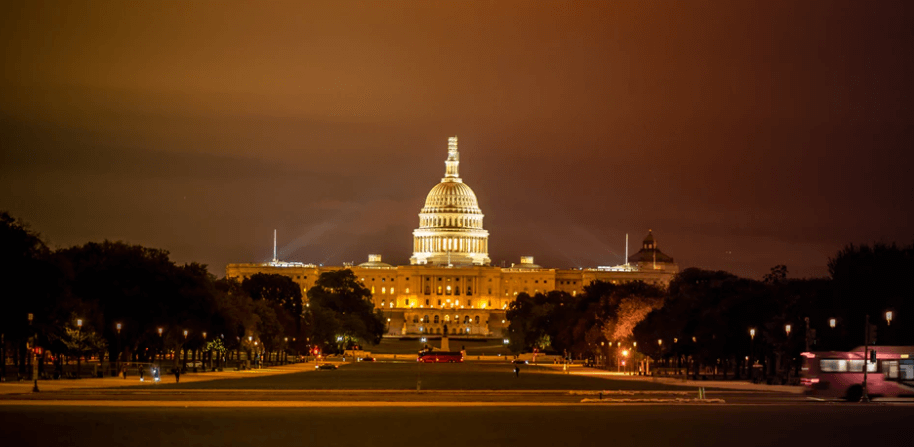Updated May 10th, 2019
When we last updated everyone on the US-China trade war, there was a 90-day hold on the tariff increase that would have taken effect on January 1st.
We weren’t sounding the alarm, but we thought it would be helpful to start looking at ways in which sellers could adapt their FBA businesses in case tariffs skyrocketed. We considered:
- renegotiating with Chinese suppliers;
- starting price wars with our competitors;
- using other global manufacturers to avoid the tariff altogether.
And yet the 90-day suspension came and went without a resolution. Sellers were left wondering what was going on as there were no major updates. Until now, that is.
Originally, the tariff increase was going to start at a minimum of 10%. We were also told it could go as high as 25%, depending on the type of product being exported.
Now, we can confirm that a 25% tariff increase went into effect at 12:01am today, Friday, May 10, 2019, for $200 billion worth of imported Chinese goods.
Consumers will likely see price hikes resulting from these new tariffs within the next two weeks.
What does this latest update mean?
Critics were calling Trump’s bluff, but this turn of events means that his comments about the negotiations quickly went from tweet to reality.
But again, this is standard business protocol. And whether you’re a seasoned pro or new to Amazon FBA, there’s really no need to panic. The possibility of an ongoing trade war has greater implications for global financial markets than it does for anything else.
Consequences for FBA sellers? Not so much.
But we totally get it if you’re scrambling for solutions. Just know that the easiest place to begin is to evaluate your product manufacturer.
Start by asking yourself the following questions:
- What is the quality of your factory’s workmanship?
- How strong is your supplier-customer relationship?
- Is there an ease of communication with your contact?
If any of the above-areas can be improved, you might want to investigate new suppliers outside of China.
One way to explore your manufacturing options is to do a little digging with Jungle Scout’s Supplier Database. See what other alternatives are on the table for your specific product and materials. Find out where your competitors are sourcing their products from.
If it turns out there’s a way for you to avoid a Chinese supplier and the new tariffs, weigh the financial cost of switching your operations to a different country. Just make sure you take into account any tariffs that might apply in the other regions you’re considering.
Still concerned?
Don’t worry! We have you covered.
Greg spoke with expert Gary Huang, from 80/20 Sourcing, and he has some great advice for Amazon sellers regarding the potential increase in tariffs:
Or, if you have the time to read through some legal jargon, there’s potential for you to file for an exclusion from the tariff increase. It appears to be a simple application process, but there’s no guarantee your product(s) will be exempt.
We’ve rounded up a few resources to better explain:
- Section 301 Trade Remedies Frequently Asked Questions
- Procedures to Consider Requests for Exclusion of Particular Products (this starts at bottom of page one)
We also looked at some of the exclusionary rulings, and noticed that sellers who were successful in their applications argued the following:
- the 25% duty increase will have a detrimental impact to the seller’s business;
- the item can’t be sourced outside of China at a similar cost and lead time;
- or, the seller owns the mold in China, and is unable to recreate it somewhere else.
Carefully research and read through the resources to find out if this is an option for you!
So what’s next?
After the brief trade talks on May 9th, it’s obvious that China is not happy with the outcome. And while Chinese officials have not yet specified any actions they’ll be taking in response to the increase, we’ll let you know as soon as they do.
Stay tuned!

 2 Comments
2 Comments
2 comments on “The US-China Trade War Is Back On. Or is it?”